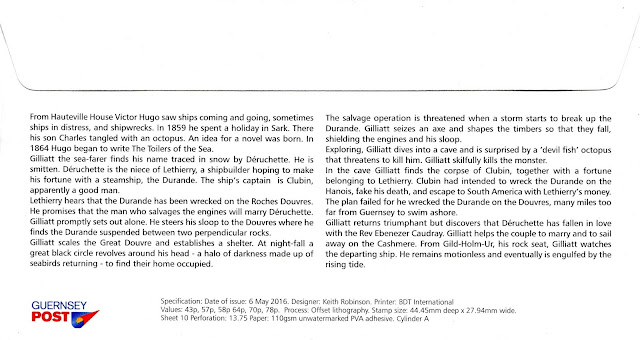 |
| 1977: Europa - Landscapes |
Snow swirls through a Swedish forest, this atmospheric scene is based on a photograph by the author and photographer Svante Hedin (1928-2011). The forest is in the Hamra National Park, they say if one hikes among the trees it is a trip back in time to the forest as it once was before humans. The
Hamra National Park is a mix of forest, boglands and streams. So what time of year to visit? In winter the snow will be a metre deep and "
the landscape softened by a glistening blanket". Few people visit during the winter months but for those that do there are ski and dog-sled trails. I'm thinking either spring or autumn when it said of the latter "
the buzz of mosquitoes has quieted"
The theme of the next set of stamps is 'Winter Trees':-
These look like silver birch and are from a photograph by Gustaf Emanuelsson, a lover of trees as can be seen on his
Flickr site and his project to document all the ancient trees in Sweden which he discusses with the
Oak Society( illustrated with two beautiful photographs). The stamp engraver is
Piotr Naszarkowski, considered the inheritor of Czeslaw Slania's technique for who he worked at Swedish Post.
 |
| 2015: Winter Trees |
The stamps are self adhesives from a internal post booklet and they glisten like a frosty morning however this means that a true reproduction is not spot on, the birches are black and white with just a hint of colour but of course when you scan in colour they come out as blue. No such problems with the snow laden trees because that is a blue stamp. This is one of the three trees of the set photographed by Tore Hagman, the engraver is Lars Sjööblom who specializes in animals and nature.
The two stamps on the left and right are by Tore Hagman, a nature photographer since 1982, who said in an interview with PostNord "
In southern Sweden there are a few days a year when conditions
are perfect. The ash tree photograph was taken on New Year's Day on the southern part of the island of Ölond, snow storms had raged on New
Year's Eve but then the wind disappeared and a fantastic light appeared", the other photos were taken in the forests of the mountains of Dalarna (central Sweden), and he says of these early days of the year "
the days are short but the light is soft and beautiful". Both stamps are engraved by Piotr Naszarkowski.
as is this one which is the other blue one of the set. It is by yet another photographer, Johan Alp, who surprising specialises in portraiture and the urban area which may have been easier to get around in under snow than out in the countryside.
 |
| 1984: Bicentenary of First Mail Coach Run |
as the Edinburgh Mail experienced in 1831. The stamp has a Scandinavian connection (a place where they know all about hard winters), in that it was engraved by the legendary Czeslaw Slania who worked for Swedish Post and one of the designers of the stamp set, Keith Bassford, moved to Denmark and has produced stamps for both the postal systems of Britain and Denmark. In 2009 Sweden and Denmark's postal services merged as PostNord. The other designer associated with the set is Stanley Paine who I think is probably the designer of this stamp because he produced a first day cover to go with it. The tragedy of this February day in 1831 with another picture of the stagecoach is told
here
An entry to Sunday Stamps II theme - Winter White - for all the white stuff visit
See It On A Postcard





























